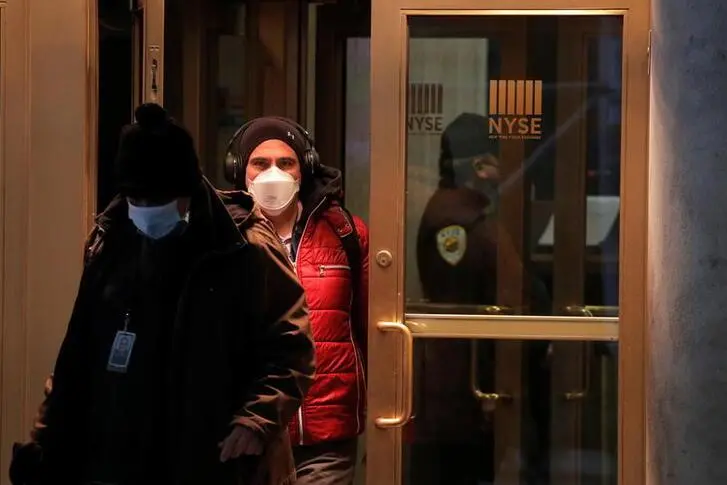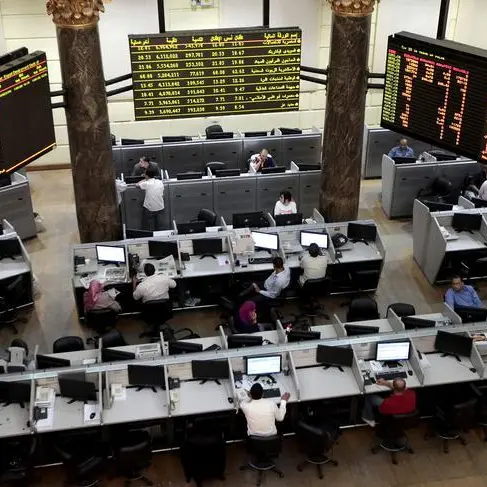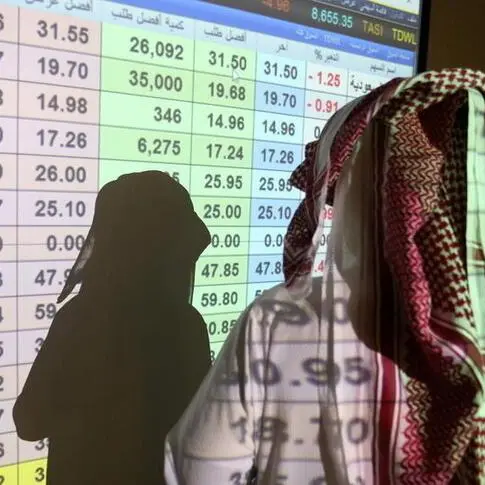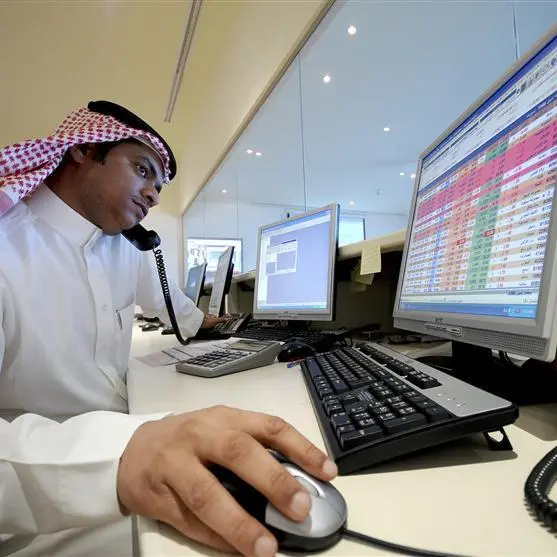PHOTO
(The author is a Reuters Breakingviews columnist. The opinions expressed are his own.)
LONDON - A rise in government bond yields is dragging up companies’ borrowing costs. While this might dampen ebullience in the $40 trillion global credit markets, it won’t end the party.
Vaccine rollouts and U.S. President Joe Biden’s $1.9 trillion stimulus package are lifting growth and inflation expectations. As a result, the yield on 10-year U.S. government bonds has risen by more than 70 basis points so far this year, to around 1.64%. When this benchmark borrowing cost rises so do others: the average yield on U.S. investment grade corporate bonds has climbed by nearly a fifth since the beginning of February, to 2.27%, according to an ICE Bank of America index.
Higher yields on the safest bonds mean there’s less incentive to buy riskier corporate debt. There were outflows from U.S. long-term corporate bond funds in 13 of the past 15 weeks, according to EPFR. But so far the withdrawal is orderly: the premium that investors demand to hold corporate rather than government securities hasn’t moved much. For example, the average gap between yields on U.S. Treasuries and U.S. junk bonds, which include issuers such as carmaker Ford Motor or Netflix, has risen 14 basis points since mid-February, to 355 basis points, according to ICE data. By comparison, this spread widened by nearly 1 percentage point in 2013 after then-Federal Reserve Chairman Ben Bernanke raised the prospect of reducing bond purchases.
That’s because investors expect a pick-up in economic growth to boost company profits, which will limit defaults and allow debt burdens to be reduced. UBS analysts, for example, expect net leverage of junk-rated U.S. companies to decline from 4.1 times EBITDA at the end of last year to 3 times by the end of 2021. And the cost of servicing debt has never been lower. U.S. and European high-yield companies will on average generate enough EBITDA this year to pay interest costs 5 and 6 times over, the Swiss bank reckons.
Credit investors can also count on central banks. European Central Bank President Christine Lagarde has said she will step up bond purchases to keep financing conditions loose. Moreover, expectations that consumer price rises will accelerate mean that the inflation-adjusted yield on 10-year U.S. government debt is still negative. That means investors will still need to own corporate bonds to earn a decent return.
CONTEXT NEWS
- The average yield on U.S. investment grade corporate bonds was 2.27% on March 15, according to the ICE Bank of America U.S. Corporate index. That’s up from 1.89% on Feb. 1.
- U.S. 10-year Treasuries yielded 1.637% on March 17, up from a low of around 0.5% in August 2020.
- Investors have steadily pushed up yields on low-risk government bonds since the end of January as optimism about the global recovery gathered steam and governments rolled out vaccine programmes.
(The author is a Reuters Breakingviews columnist. The opinions expressed are his own.)
(Editing by Swaha Pattanaik and Oliver Taslic) ((neil.unmack@thomsonreuters.com; Reuters Messaging: neil.unmack.thomsonreuters.com@reuters.net))












